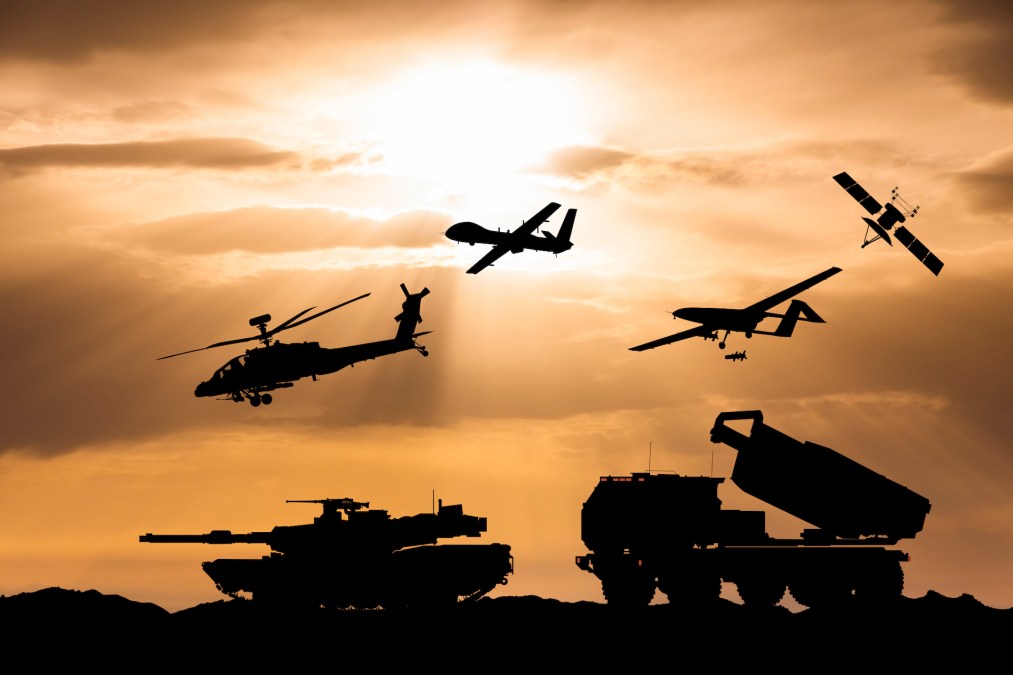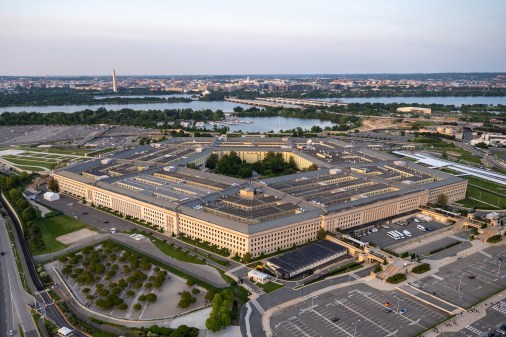Data highlights US defense industry’s modern separation from the broader economy

Major private sector suppliers that make up most of the United States’ defense industrial base are increasingly primarily serving only government customers — and are therefore becoming isolated from the broader commercial economy, according to a new report from the Center for Strategic and International Studies.
For the study, co-authors Greg Allen and Doug Berenson analyzed a dataset that was designed to show what share of the major weapons system acquisition budget went to commercial companies or defense specialists, dating back to 1977.
“One important conclusion: the defense industrial base that we have today is not the same one that won the Cold War,” Allen told DefenseScoop this week in an email conversation.
Back in the Cold War era, the report and its co-authors suggest, commercial companies were frequently considered leading players across both defense and non-defense markets.
Drawing from a dataset developed by longtime defense industry consultant Martin Bollinger that tracks major defense acquisition programs (MDAPs) between 1977 and 2024, the experts argue that “DOD acquisition spending is now overwhelmingly in the hands of a core group of traditional defense contractors.”

Around the time then-Secretary of Defense Ash Carter launched the Defense Innovation Unit nearly 10 years ago to help Pentagon components field commercial technologies to the military more quickly and less costly than traditional government buying methods allowed, he and other leaders often spoke about the department’s dire need to adopt tech and business practices from the private sector.
“What our data shows is that this narrative is only half the story. Yes, commercial companies have stopped selling to the DOD. However, there’s a parallel phenomenon where the companies that sell to the DOD have largely exited the commercial economy. And because most of the name brand defense primes have corporate heritage that extends back many decades, too many people assume that this separation of the defense industrial base and the commercial economy has always been the case,” Allen told DefenseScoop. “We show that, in fact, it is a relatively recent phenomenon.”
The report offers a variety of explanations for why this “massive shift,” as the authors call it, has been taking place — including intensifying regulatory burdens and historic industry consolidations.
“The biggest takeaway is that the defense industrial base structure that we have now is not inevitable. A very different structure is not only possible but actually existed not that long ago,” Allen noted.
In response to questions from DefenseScoop, Allen — who formerly served as a top AI policy developer and strategist at the Pentagon — also pointed out that DOD is more recently trying to attract a mix of both start-ups and established commercial firms as it seeks to deploy emerging technologies for military missions.
“One of the most favorable trends right now is the return of venture capital investors to defense markets, first in the 2000s with SpaceX and Palantir, and more recently with companies like Anduril and Shield AI. However, this latest wave of investment is for companies that are aiming to be the next generation of defense market specialists,” Allen said.
“That’s good news, but it would be even better if there were more companies that were able and willing to succeed in both defense and commercial markets. There are some early causes for optimism in markets such as cloud computing and space launch, but ideally this would be a much more widespread trend,” he added.






